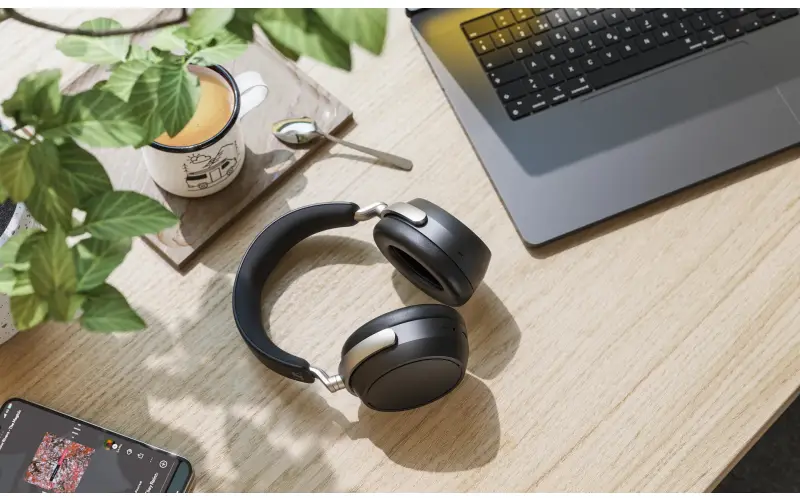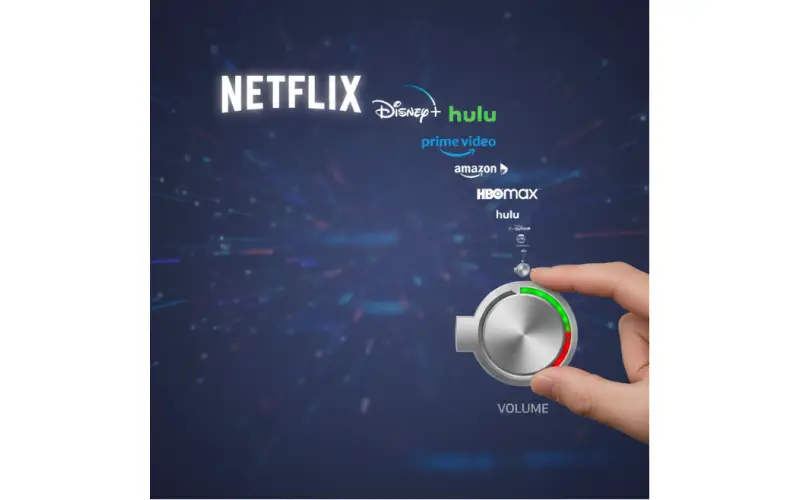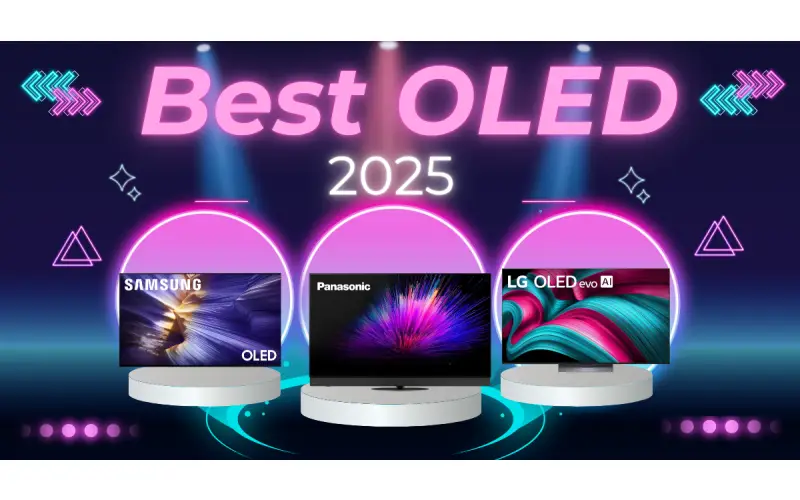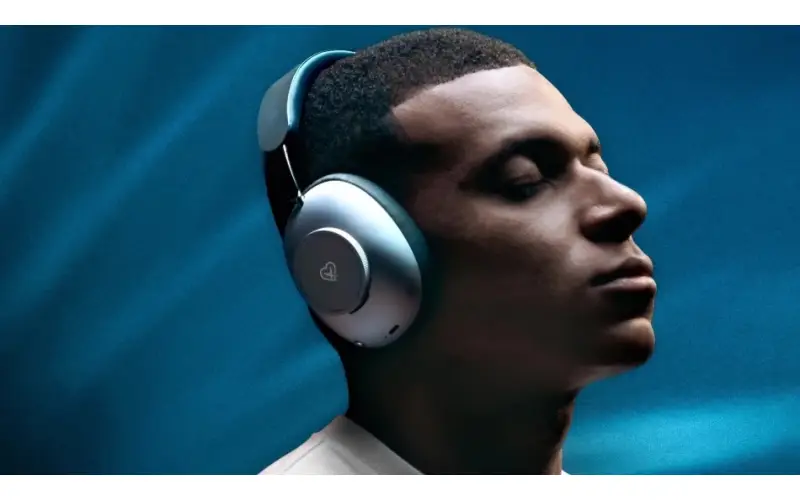By: Dipin Sehdev
The Nvidia Shield TV, a stalwart in the streaming media player arena, has just received a significant firmware update, version 9.2. This update isn't just a minor patch; it brings long-awaited Auro-3D audio support, a comprehensive suite of bug fixes, and some under-the-hood enhancements. Let's dissect this update and explore what it means for your home theater setup.
Auro-3D: Decoding the Immersive Audio Format
Auro-3D is a three-dimensional audio technology designed to create a more realistic and enveloping sound experience. It's a direct competitor to Dolby Atmos and DTS:X, all vying for supremacy in the immersive audio space. While Dolby Atmos enjoys broader adoption, Auro-3D offers a distinct approach to creating a sense of height and overhead sound, adding a new dimension to your movies, games, and music.
How Auro-3D Works: Channels and Height
Auro-3D's magic lies in its use of "height" channels in addition to the traditional surround sound configuration. These height channels, typically achieved by placing speakers above the listening area, allow sound designers to precisely position audio elements in the three-dimensional space. This creates a more lifelike soundscape, where sounds can originate not just around you, but also above you. Imagine the roar of a jet flying overhead, or the subtle rustling of leaves in the canopy above – Auro-3D aims to recreate these sounds with pinpoint accuracy.
Auro-3D vs. Dolby Atmos: A Comparative Look
Both Auro-3D and Dolby Atmos share the goal of immersive audio, but their implementations differ. Atmos leans heavily on "object-based" audio, treating sound elements as individual objects that can be placed dynamically within the sound field. Auro-3D, while also incorporating object-based elements, traditionally relies more on a channel-based approach, focusing on specific speaker placements to achieve the 3D effect.
Another critical difference lies in speaker layout recommendations. Atmos is designed to be more flexible, adapting to various speaker configurations. Auro-3D, for optimal performance, often requires a more rigid setup, typically involving speakers placed directly overhead. This can present a greater installation challenge compared to Atmos, but the payoff can be a truly immersive audio experience.
Unlocking Auro-3D on Your Shield TV: What You Need
To experience the immersive world of Auro-3D on your Shield TV, you'll need the following:
- Shield Experience 9.2 Update: Ensure your Shield TV or Shield TV Pro is running the latest firmware. We'll detail how to update in the next section.
- Auro-3D Compatible Receiver: Your home theater receiver must be capable of decoding Auro-3D soundtracks. Consult your receiver's specifications to confirm compatibility.
- Auro-3D Speaker Configuration: Auro-3D typically requires a specific speaker layout, including height channels. Refer to the Auro-3D website or your receiver's manual for recommended configurations. While some flexibility exists, a dedicated height speaker setup is generally recommended for the best experience.
- Auro-3D Content: The availability of Auro-3D content is growing, though it's not as prevalent as Dolby Atmos. Look for Blu-ray discs, streaming services, or dedicated Auro-3D platforms like Artist Connection that offer content with Auro-3D soundtracks.
Updating Your Shield TV to 9.2: A Step-by-Step Guide
Updating your Shield TV is a straightforward process:
- Navigate to Settings: From the Shield TV home screen, go to the "Settings" menu.
- Select Device Preferences: Within Settings, find and select "Device Preferences."
- Choose About: Scroll down and select "About."
- System Update: Select "System update."
- Check for Update: Your Shield TV will now check for available updates. If version 9.2 is available, you'll be prompted to download and install it.
Important Note: Google Home Integration Impact
Be aware that updating to version 9.2 will remove your Shield TV from Google Home integration. You'll need to reconfigure this after the update. Nvidia has provided a support document to guide you through the re-integration process, available on their support website.
Beyond Auro-3D: The Rest of the 9.2 Story
The 9.2 update is more than just a gateway to Auro-3D. It also includes a substantial number of bug fixes and performance enhancements:
- Video Playback Stability: Issues causing choppy playback after fast-forwarding or rewinding have been addressed, resulting in smoother viewing.
- Remote Responsiveness: The frustrating issue of the remote becoming unresponsive after waking the Shield has been resolved.
- Audio Refinements: Several audio bugs have been squashed, including stutters with certain headsets, AV sync problems, and issues with Apple Music and Spotify playback.
- Network and Storage Management: Improvements have been made to Wi-Fi connectivity, file transfers to NAS devices, and overall storage management.
- Application Stability: Crashes in GeForce NOW and other applications have been fixed, leading to a more reliable user experience.
The State of the Shield TV: Still Relevant?
While the Shield TV hardware hasn't seen a refresh in several years, Nvidia's ongoing software support demonstrates a commitment to its user base. The Shield TV remains a powerful streaming device, particularly for those who leverage its gaming capabilities through GeForce NOW.
This update, with its focus on high-fidelity audio and performance improvements, reinforces the Shield TV's position in the market. While newer devices have emerged, the Shield TV's combination of processing power, Android TV functionality, and gaming integration continues to make it a compelling option.
The Future of Shield: Speculation and Possibilities
The question of a hardware refresh remains open. While Nvidia hasn't made any official announcements, the continued software support suggests that the Shield platform is still active. A future Shield TV with updated hardware, a more current Android OS, and perhaps even more advanced features is certainly within the realm of possibility.
For now, the 9.2 update provides a significant boost to the existing Shield TV and Shield TV Pro. The addition of Auro-3D support, coupled with the numerous bug fixes and performance enhancements, makes this a worthwhile update for any Shield owner. So, update your device, explore the world of Auro-3D, and enjoy a more refined streaming experience.





